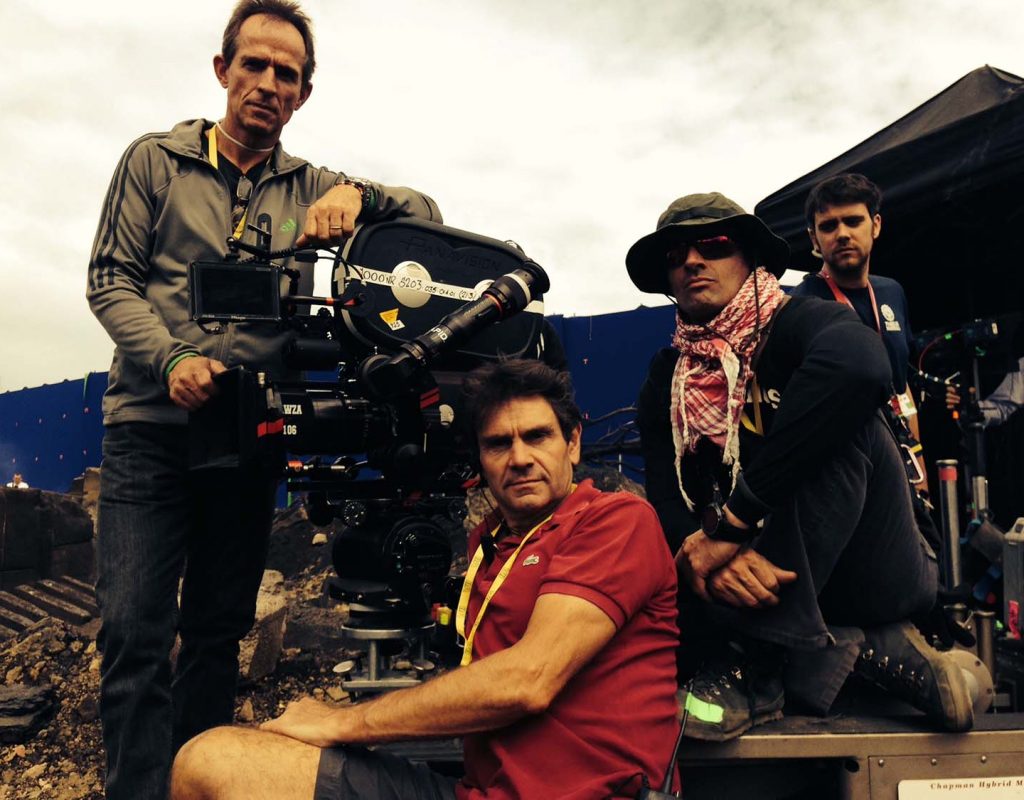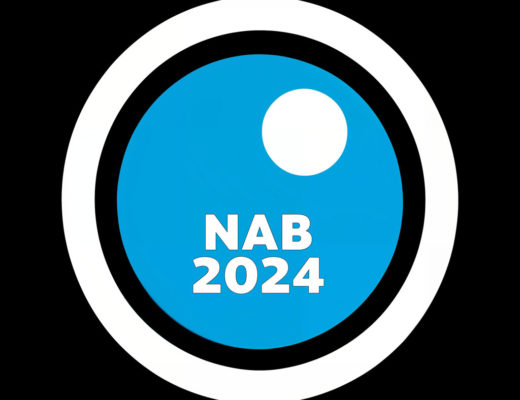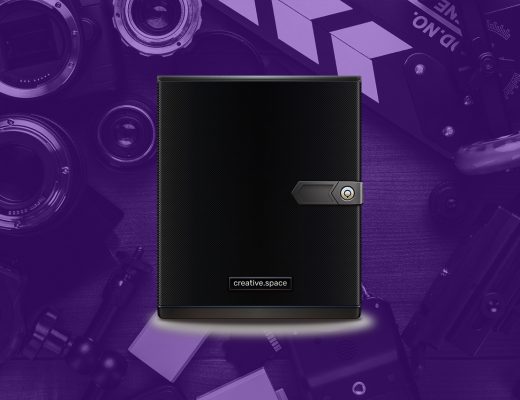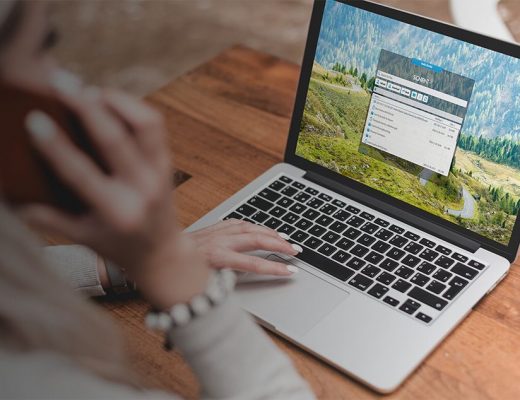Turn your Digital Landfill into a Knowledge Asset, Part 1 of a Series | vblog.
Knowing how to turn the contents of your digital landfill into a knowledge asset presents a huge challenge for any business. In today’s world, most organizations do not realize the actual volume of data living and breathing on their corporate web properties, document management systems and file shares; it is estimated that around 80% of corporate data exists in unstructured forms. There are however a number of steps that can be taken in order to capture, share and retain that knowledge, allowing you to build business advantage.
1) Define Knowledge and Deliver it
In order for companies to create a competitive business advantage it is essential that they have content knowledge, as this is the building blocks for differentiation. To obtain the most relevant information from your content stores you must first define what knowledge is. Knowledge must be up to date, relevant and map onto your prime business objectives. It also must be aligned with the mode of operation of your business; in a distributed, technologically advanced enterprise, there is often no need to produce paper-based information, with all the associated challenges of change control, and inherent costs. Within more traditional, slower moving environments the use of electronic media alone may involve a level of culture change that is unnecessary due to the prevalence of paper based manuals, such as in field based applications of within engineering workshops. The reality is that knowledge should be independent from the channel through which it is delivered. It should be fit for purpose, and ideally operate across all communications channels within the business.
2) Adopt Industry Standard Classification Schemes where Possible
Continues @http://blog.vamosa.com/blog/?p=782

Filmtools
Filmmakers go-to destination for pre-production, production & post production equipment!
Shop Now

![Turn your Digital Landfill into a Knowledge Asset 3 Reblog this post [with Zemanta]](http://img.zemanta.com/reblog_c.png?x-id=6b092d85-7f1d-4f80-bff4-733b56ba24d1)













